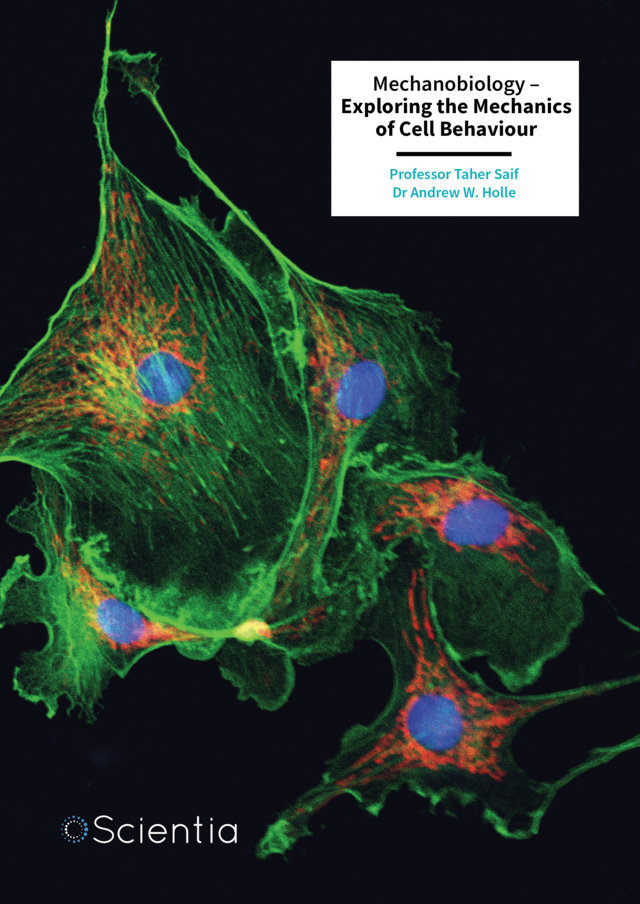When most of us think about poultry, our minds often turn to chickens, the staple of farms and dinner tables worldwide. However, Nigeria is home to several other fascinating types of poultry beyond the humble chicken that have played significant roles in the country’s agriculture, culture, and economy. While these poultry species are firmly embedded in the Nigerian agricultural system, the history of how and when these animals came to be domesticated and where these populations originally derived from is often obscure. Recent research conducted by Dr. Adeniyi Charles Adeola of the Chinese Academy of Sciences, and colleagues, has shed new light on three often-overlooked poultry species, the Muscovy duck, the domestic pigeon, and the helmeted guinea fowl. These birds not only offer valuable genetic resources but also hold keys to food security, sustainable farming, and biodiversity conservation. More
The Muscovy duck (Cairina moschata) stands out from its noisier relatives with its quiet nature, adaptability, and hardiness. Unlike other domesticated ducks, which are derived from the mallard, the Muscovy duck originates from Central and South America. It is known for its distinctive red facial caruncles, which are fleshy growths that appear around the eyes and beak, and its ability to thrive in varied climates. In Nigeria, it is more than just a common farm animal, it is a vital genetic resource with significant agricultural and economic value.
Genetic diversity is the range of genetic characteristics present within a species. A high level of diversity is important in the wild because it enhances a species’ ability to adapt to environmental changes, resist diseases, and maintain overall population health. When Dr. Adeola and colleagues studied Nigerian Muscovy ducks, they found a variety of genetic traits influenced by geography, climate, and breeding practices.
Through DNA analysis, the researchers discovered genetic groupings among Muscovy ducks across different regions. The Nigerian Muscovy ducks were genetically mingled together with Indian, American, and Chinese Muscovy duck populations. In general, there was a lack of genetic diversity between ducks from Northern and Southern Nigeria, suggesting a common origin. This lack of diversity would be unexpected for a wild population of animals, who would likely develop different genetic markers depending on regional pressures.
For instance, if one region was hot while another was humid, this means that certain wild populations may developed higher resistance to heat stress, while others might be better suited for wet conditions. However, in the domesticated ducks, the researchers hypothesized that human activity in controlling breeding and in trading ducks over large areas likely prevented this diversity from developing.
Another key finding is that some of the Nigerian Muscovy ducks appear to have undergone a significant population expansion in the recent past and that one population appears to have derived from one domestication event, involving a small band of original ‘founder’ ducks.
For farmers, this type of research is invaluable. Agriculture is a significant cornerstone of the Nigerian economy and employs more than 75% of the Nigerian workforce. Identifying and breeding from ducks with greater genetic diversity could result in populations that tend to grow more efficiently and require fewer veterinary interventions. Additionally, by carefully selecting breeding pairs, farmers can enhance desirable traits such as increased egg production, better meat quality, and higher survival rates.
Pigeons (Columba livia domestica) have long been companions of humans, whether as messengers, pets, or a source of food. However, their genetic secrets remain largely untapped. Dr. Adeola, together with Dr. Semiu Folaniyi Bello, performed a recent study on Nigerian domestic pigeons that examined their genetic diversity across three distinct agro-ecological zones in Nigeria: North Central, South West, and North West of Nigeria. Each of these regions has distinct environmental conditions that could potentially influence the genetic traits of pigeons living there.
Genetics plays a crucial role in determining an animal’s physical characteristics, behavior, and ability to adapt to its surroundings. By analyzing the DNA of pigeons from different regions, scientists can identify genetic markers associated with traits such as feather color, body size, and flight ability. More importantly, they can determine how pigeons have evolved in response to environmental pressures and human influence.
The researchers found that there was low genetic diversity among the tested Nigerian pigeon populations, which indicated that the populations of pigeons in Nigeria were subjected to interbreeding. This suggests that the pigeons frequently move and interbreed, likely due to human activities such as trade, migration, and domestic breeding practices.
Some of the genetic traits that occurred in the pigeons with the highest frequency and across all the sampling sites in Nigeria are shared with pigeons from Europe, America, and Asia, suggesting that most pigeons present in Nigeria descended from a common origin. There was also evidence of a significant expansion in the population of pigeons in Nigeria in the past.
From an agricultural perspective, understanding pigeon genetics has several benefits. Pigeons are sometimes raised for meat, and identifying birds with favorable traits, such as rapid growth and high disease resistance, can improve productivity in pigeon farming. Additionally, maintaining genetic diversity in pigeons prevents inbreeding, which can lead to weaker offspring and a higher susceptibility to disease.
The helmeted guinea fowl (Numida meleagris), with its speckled feathers and distinctive call, has a long history in West African agriculture. Despite its common presence in farms and villages, the domestication process of this bird has remained somewhat mysterious. However, recent genomic studies performed by Dr. Adeola and colleagues have unraveled the story of how the guinea fowl transitioned from a wild bird of the savanna to a domesticated species raised for food, pest control, and cultural significance.
Guinea fowl serve as a crucial protein source in many West African communities, particularly in regions where raising other livestock is difficult. They are hardy birds that require minimal care, making them ideal for smallholder farmers. Additionally, they play a role in pest control by feeding on insects, including ticks and locusts, which helps protect people and crops without the need for chemical pesticides.
Beyond their agricultural value, guinea fowl hold cultural significance in many West African traditions. Their feathers are used in ceremonial attire, and they are often featured in folklore and proverbs, symbolizing wisdom and resilience. Understanding their genetic history not only helps us appreciate their journey from the wild to the farm but also provides valuable information for future breeding and conservation efforts.
Domestication is a process by which humans selectively breed wild animals over generations to develop traits that make them more useful for agriculture. For example, dogs were domesticated from wolves to assist with hunting and protection, while cattle were bred for milk and meat production. Understanding when helmeted guinea fowl were domesticated could help us to understand how agriculture developed and spread throughout Africa.
In Adeola’s study investigating the domestication of helmeted guinea fowl in West Africa, the researchers performed genetic analysis on129 birds from Africa, Asia, and Europe, including 89 domestic animals, and 40 wild birds. Strikingly, the results indicate that domestication of the helmeted guinea fowl occurred in West Africa between 1,300–5,500 years ago and this likely occurred in one domestication event. Interestingly, the researchers identified genetic changes in domestic guinea fowl that likely made them less skittish than their wild counterparts.
The researchers also found that wild guinea fowl from Nigeria were more closely related to domestic guinea fowl than wild guinea fowl from Kenya and Sudan, which contradicts a hypothesis first proposed by Charles Darwin in 1883 that domestic guinea fowl likely originated in East Africa.
The genetic studies on Muscovy ducks, pigeons, and guinea fowl highlight the rich biodiversity within Nigeria’s poultry sector. These birds offer more than just an alternative to chickens: they provide resilience, adaptability, and cultural significance. However, their continued survival and productivity depend on responsible breeding, conservation efforts, and sustainable farming practices.
By embracing the genetic diversity of these species, Nigeria can enhance food security, support rural economies, and maintain its agricultural heritage. As climate change and environmental challenges threaten global food production, the lessons learned from studying these remarkable birds can help shape a more sustainable and resilient future for Nigeria’s poultry industry.







